ARS ELECTRONICA ARCHIVE - ART & SCIENCE
Das "European Digital Art and Science Network" basiert auf einem großen vielseitigen Netzwerk. Teil dieses Netzwerkes waren wissenschaftliche Forschungsinstitutionen (CERN, ESA, ESO, Fraunhofer MELVIS), das Ars Electronica Futurelab sowie die Projektpartner Center for the promotion of science (RS), DIG Gallery (SK), Zaragoza City of Knowledge Foundation (ES), Kapelica Gallery / Kersnikova (SI), GV Art (UK), Laboral (ES) und Science Gallery (IE). Von der EU gefördert lief das Projekt von 2014 – 2017.
Das Online Archiv der Ars Electronica bietet einen Überblick über die einzelnen Aktivitäten des Netzwerks und liefert zudem Informationen zum Netzwerk an sich, zu den Residency Künstlern und zu den beteiligten Projektpartnern und der Jury.
Science Gallery at Trinity College Dublin
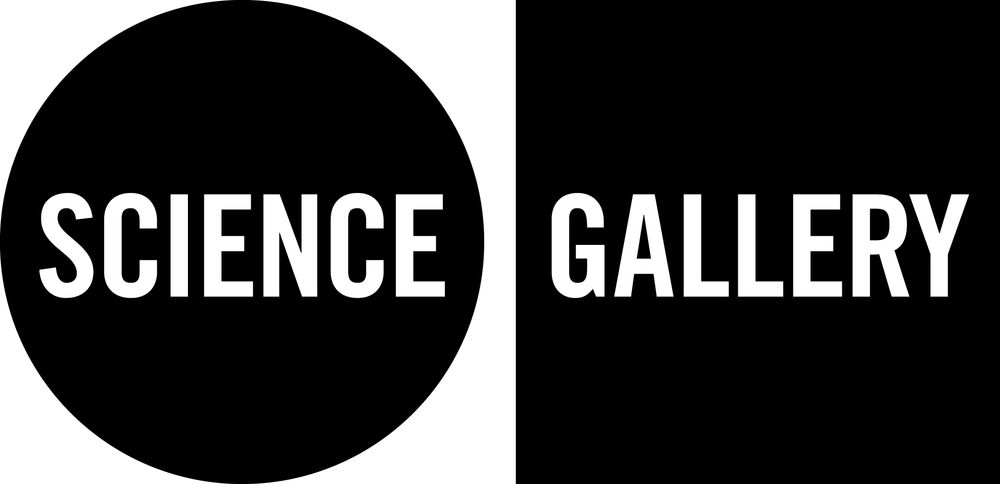
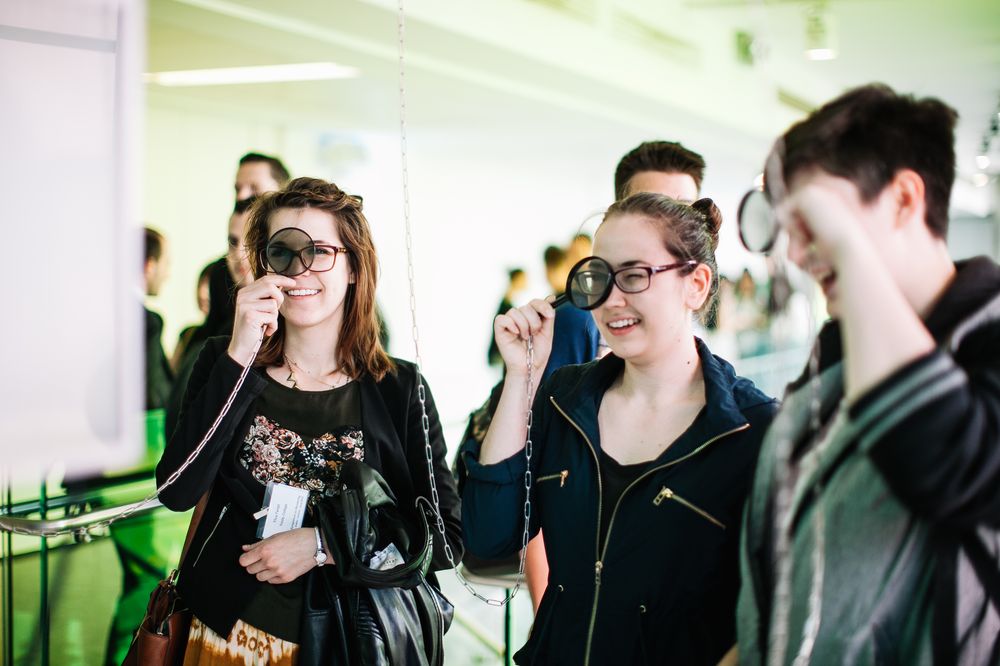
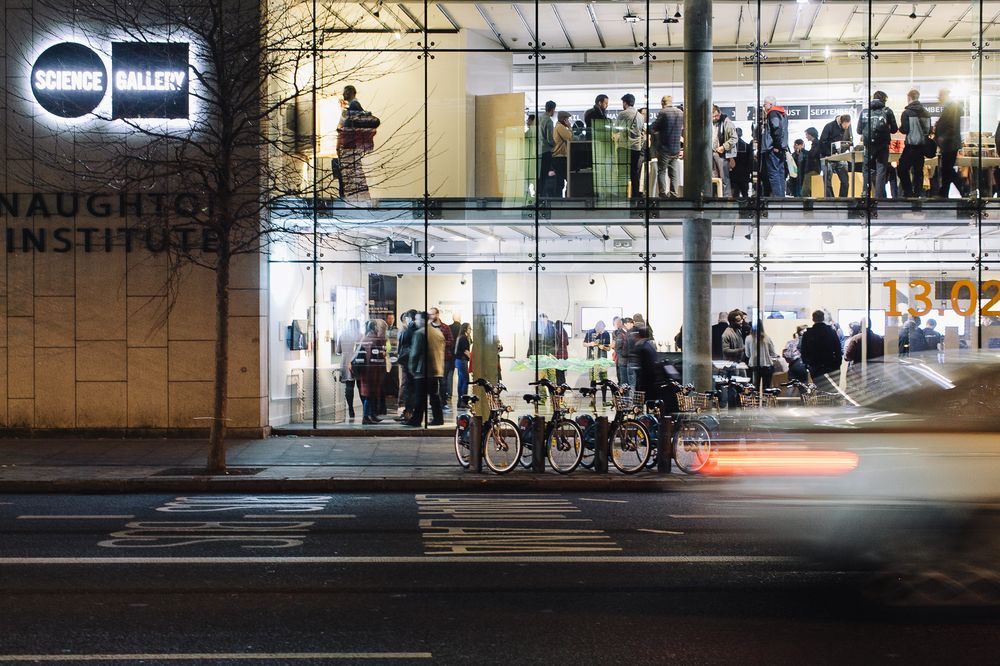
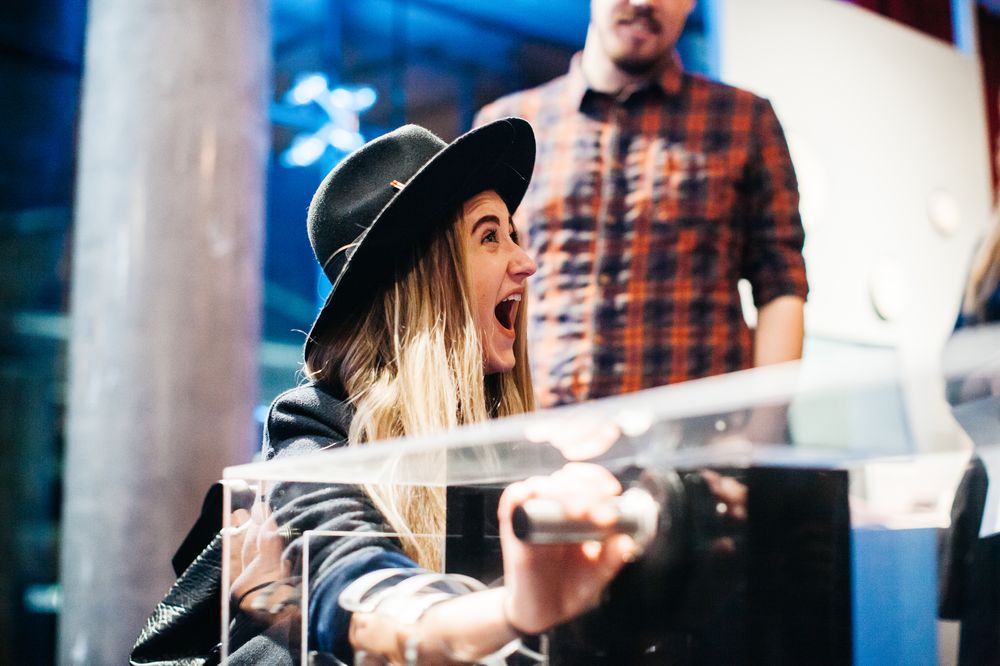
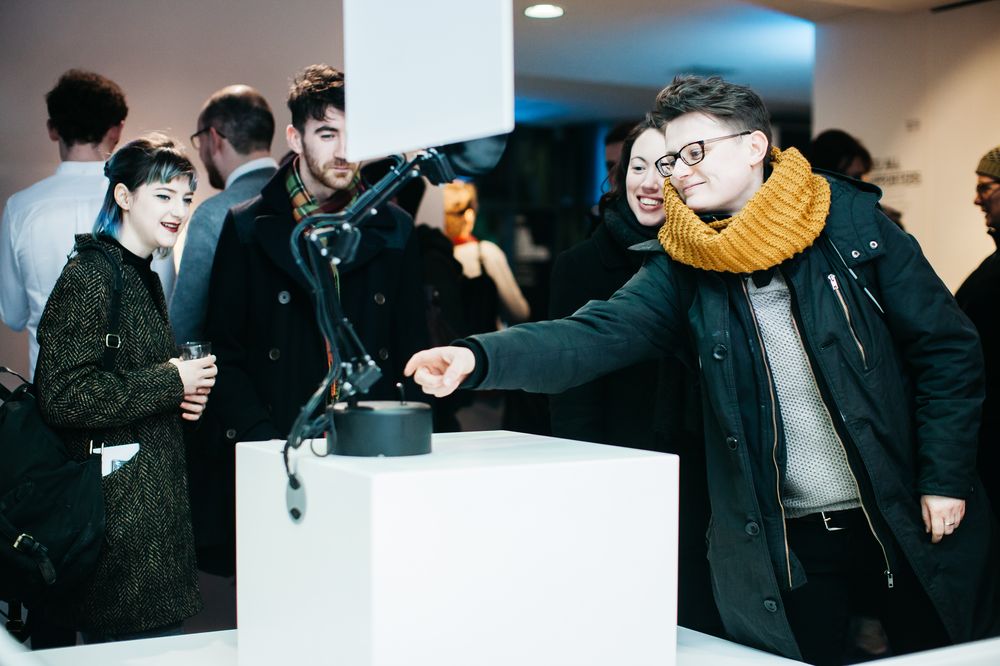
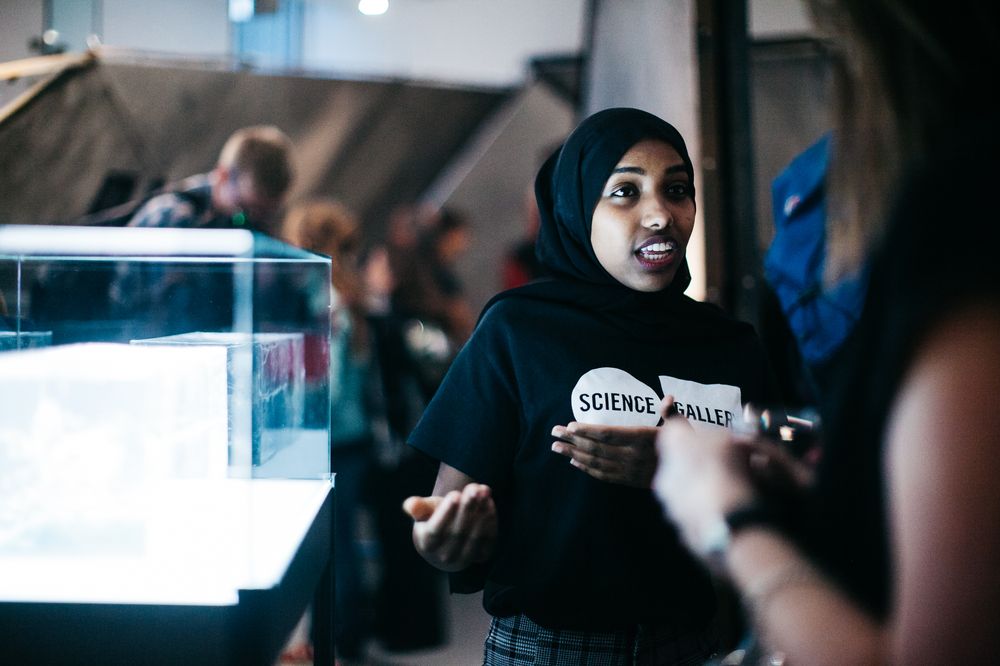
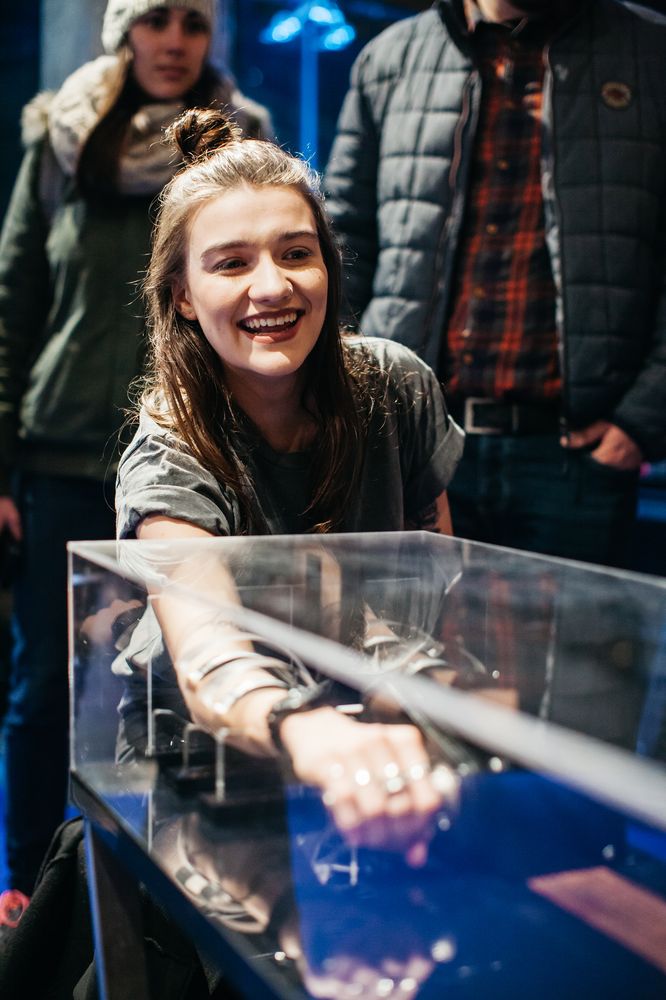
Twitter: https://twitter.com/SciGalleryDub/
Facebook: https://www.facebook.com/scigallerydub/
Blog: https://dublin.sciencegallery.com/blog/
Blog Ars Electronica: https://www.aec.at/aeblog/en/2015/01/16/science-gallery-dublin/
In 2012, Science Gallery International launched as an independent non-profit, aiming to create the world’s first university-linked network dedicated to public engagement with science and art. Their work is the activation and expansion of a vision to catalyze the creation of the world’s leading network for involving, inspiring, and transforming curious minds through science. The galleries, pop-up programs, and touring exhibitions of the Global Science Gallery Network are founded on the belief that young people hold the creative potential to tackle the world’s biggest challenges. The Network has already reached millions of 15- to 25-year-olds worldwide. In addition to Science Gallery Dublin, galleries and programs are currently in development at Ca’ Foscari University of Venice, King’s College London, Indian Institute of Science in Bengaluru, Michigan State University, and the University of Melbourne.
(Source: The Practice of Art and Science, p.265)

